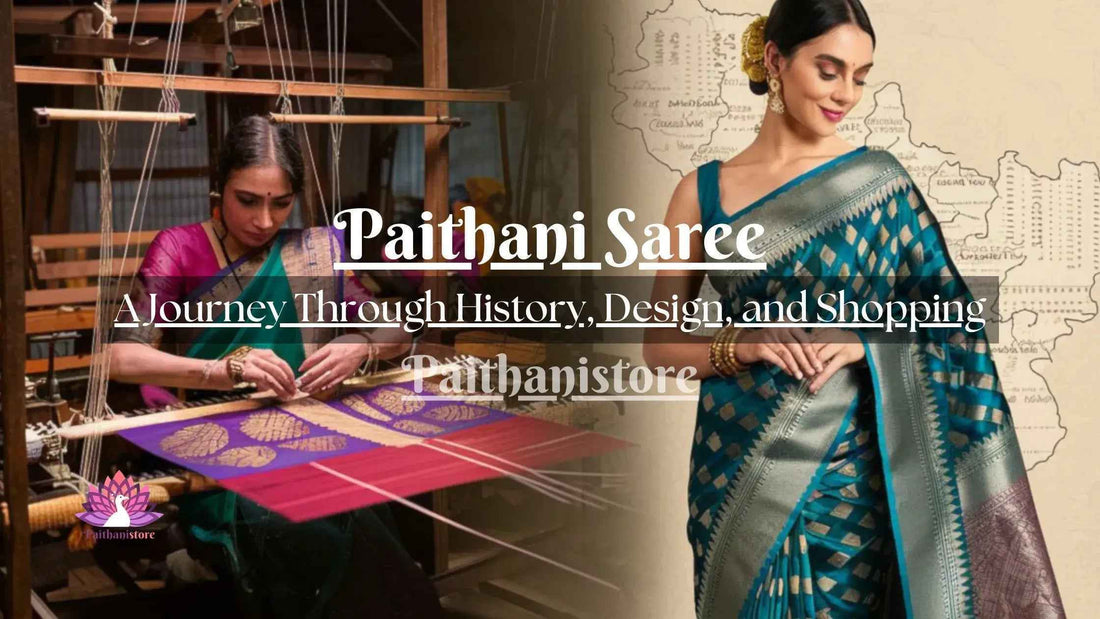Exploring the paithani saree origins
The paithani saree origins can be traced back to several decades in India, primarily to the ancient region of Paithan in Maharashtra. This exquisite saree is renowned for its intricate artistry and vibrant hues, making it one of the most cherished traditional garments of Indian heritage. The history of Paithani sarees is intertwined with rich cultural traditions, royal patronage, and skilled craftsmanship. Originally worn by queens and women of noble families, Paithani sarees symbolize affluence and grace.
The art of weaving Paithani sarees began with skilled artisans who dedicated their lives to this timeless craft. The sarees are typically handwoven on a shuttle loom, and the creation process involves numerous sophisticated techniques that have been passed down through generations. The origins of the Paithani saree are deeply rooted in the regional cultures and festivals of Maharashtra, where these sarees are often adorned during significant celebrations.
As we delve deeper into the paithani saree origins, we find that these sarees are distinguished by their vibrant colors, which range from deep reds and greens to bright yellows and royal blues, all enriched with gold and silver zari. The motifs play a significant role in their design; they often depict peacocks, lotus flowers, and other traditional elements reflecting the rich flora and fauna of India. Over time, the designs have evolved, incorporating modern interpretations while still retaining their traditional essence.
Today, Paithani sarees are not just garments but a canvas showcasing the heritage of Maharashtra. They are often passed down as heirlooms, cherished by families and representing a legacy of craftsmanship. The sarees are made from silk, giving them a luxurious feel and an elegant drape, making them suitable for both festive occasions and everyday wear. Their popularity has transcended regional boundaries, captivating the hearts of women across India and abroad.
In contemporary times, fashion designers have embraced the timelessness of paithani saree origins to create fusion wear, merging traditional aesthetics with modern style. This movement has led to a resurgence in the popularity of Paithani sarees among younger generations, ensuring that the story of this stunning attire continues to be told. Special techniques like pallu weaving and intricate border designs are now augmented with contemporary styles, allowing the paithani saree to adapt yet remain true to its roots.
Moreover, the sustainability of the craft is also a vital discussion point today. Efforts are being made to support local weavers by promoting handmade Paithani sarees, thus preserving the intricate techniques and rich history associated with these garments. Ethical fashion enthusiasts advocate for such traditional crafts, emphasizing the importance of keeping the unique paithani saree origins alive amidst mass-produced fashion.
Events and exhibitions in various cities further highlight the labor and love that goes into the creation of each saree. Workshops aimed at educating people about the history, significance, and technique of Paithani weaving have grown in popularity. These gatherings not only celebrate the craft but also engage the community, bringing weavers and admirers together.
To sum up, the enchanting journey of Paithani sarees reflects rich cultural narratives that continue to thrive today. Their origins are deeply embedded in the hearts and minds of those who appreciate fine craftsmanship and historical significance. The paithani saree origins tell the story of tradition and artistry, connecting generations through a single piece of cloth that embodies beauty, grace, and a rich cultural heritage.

